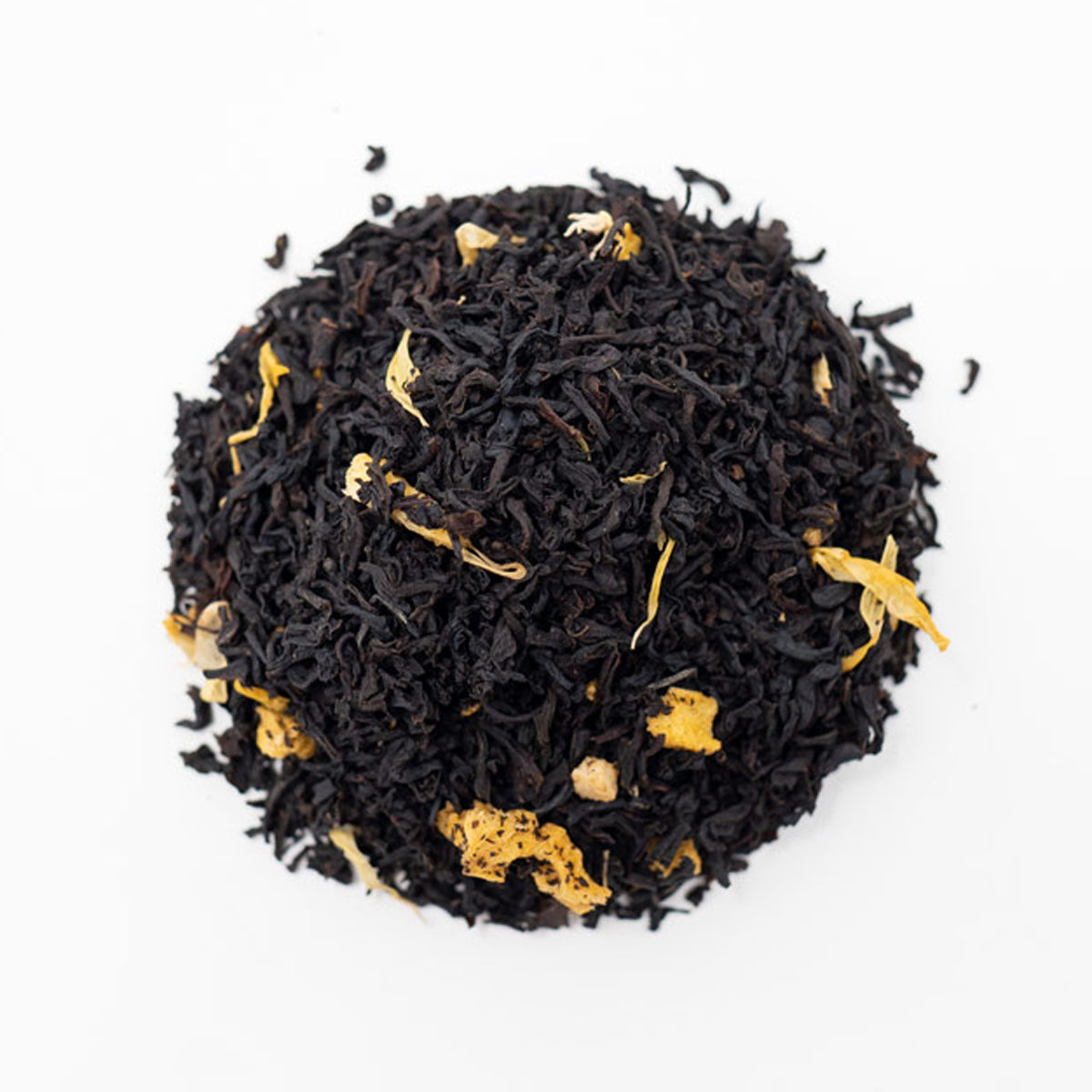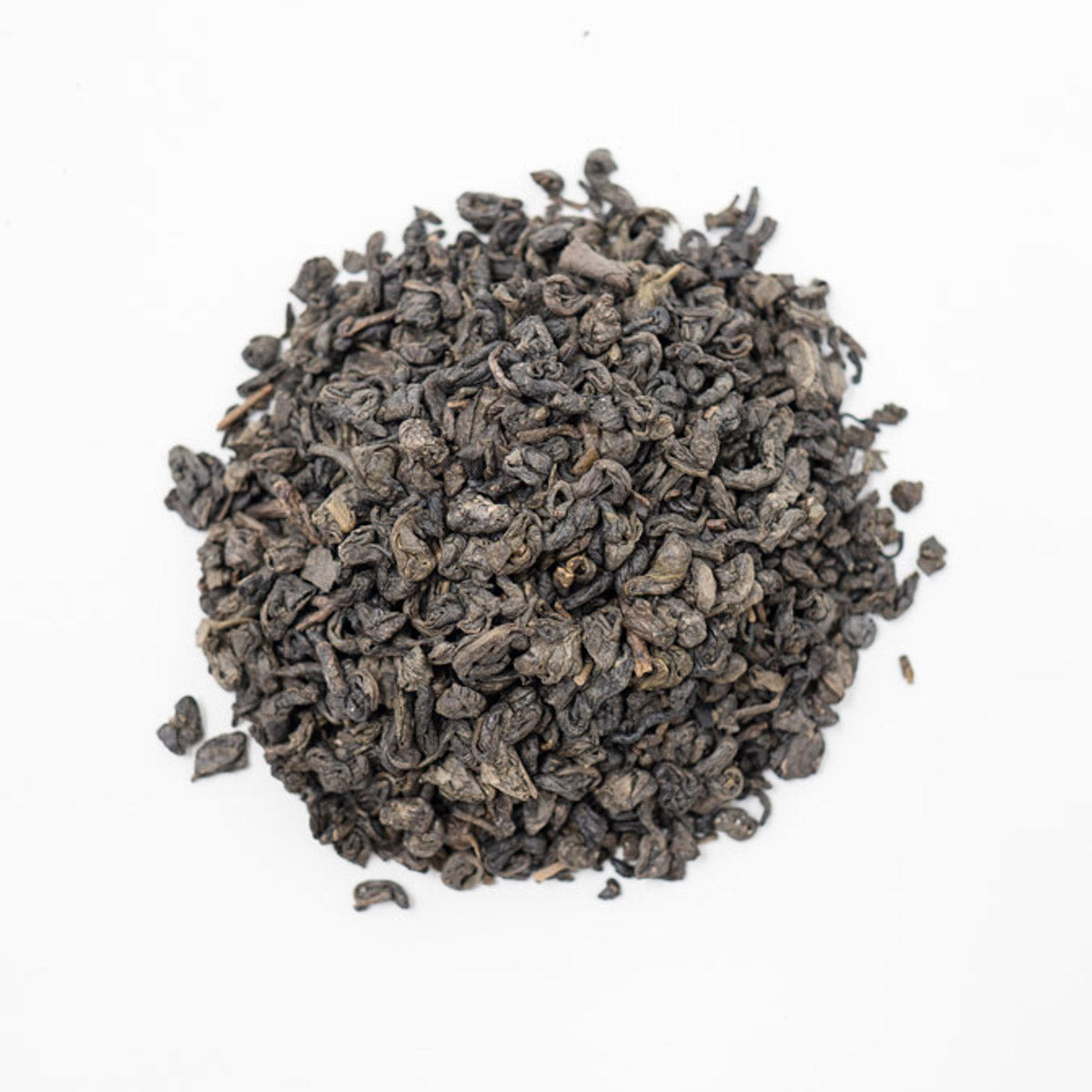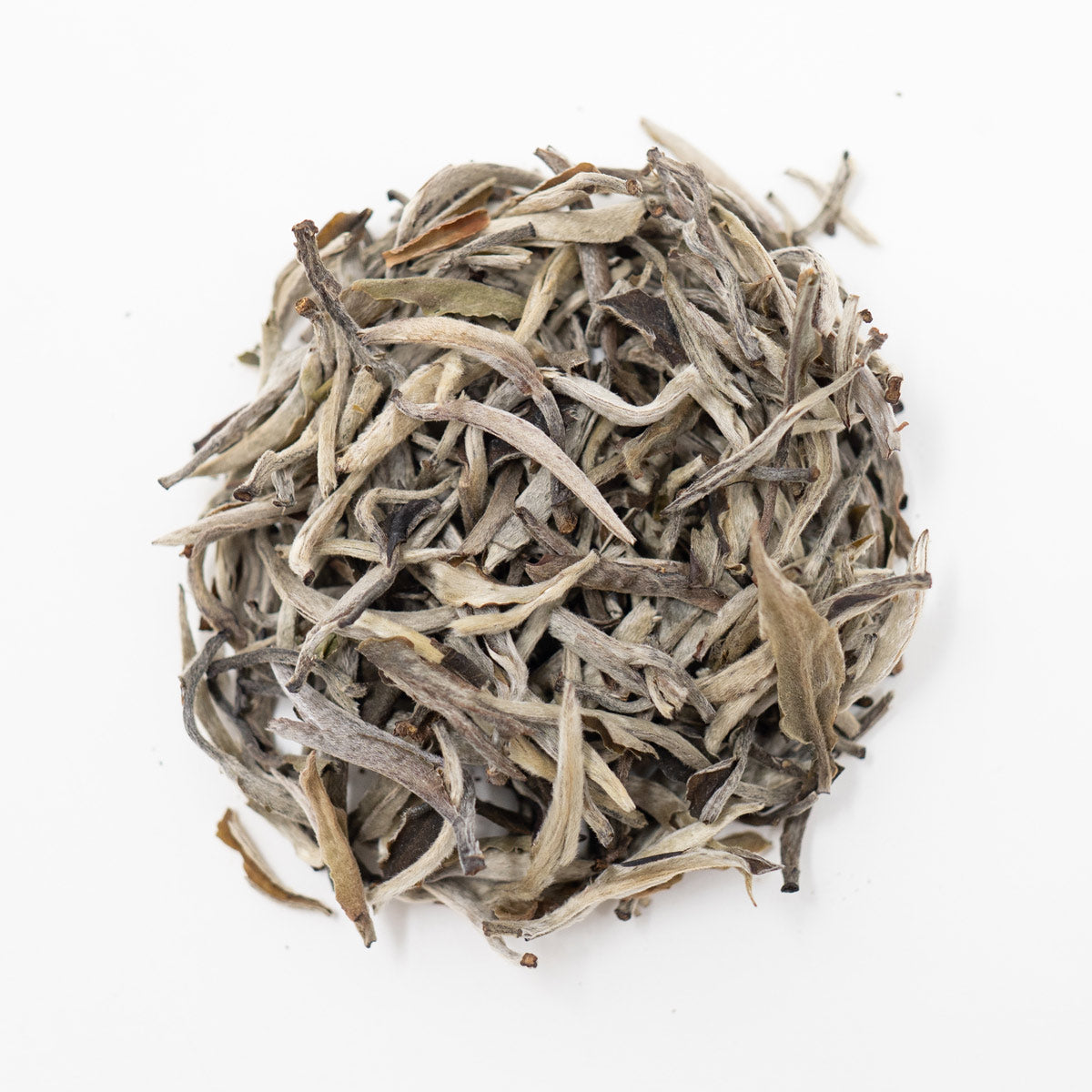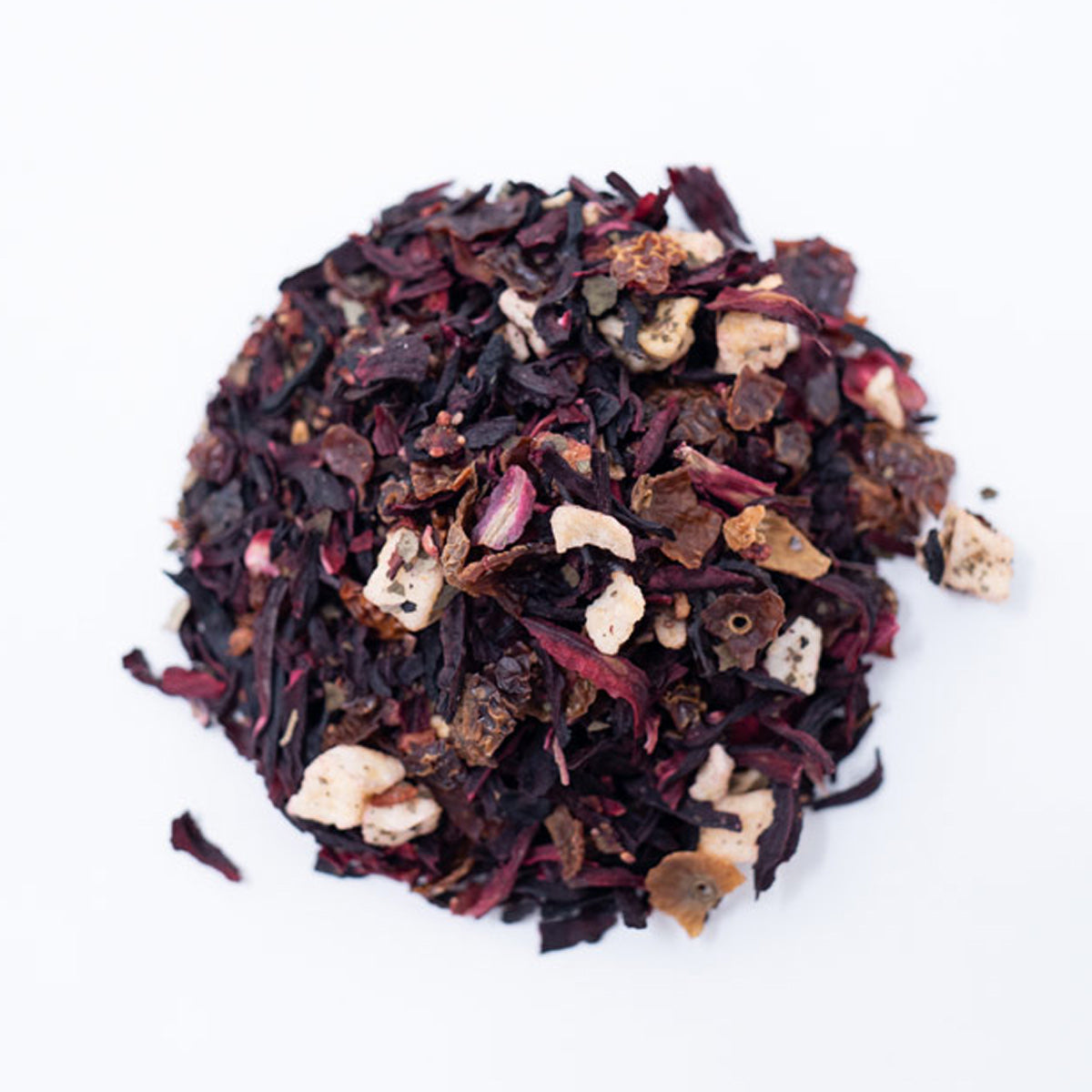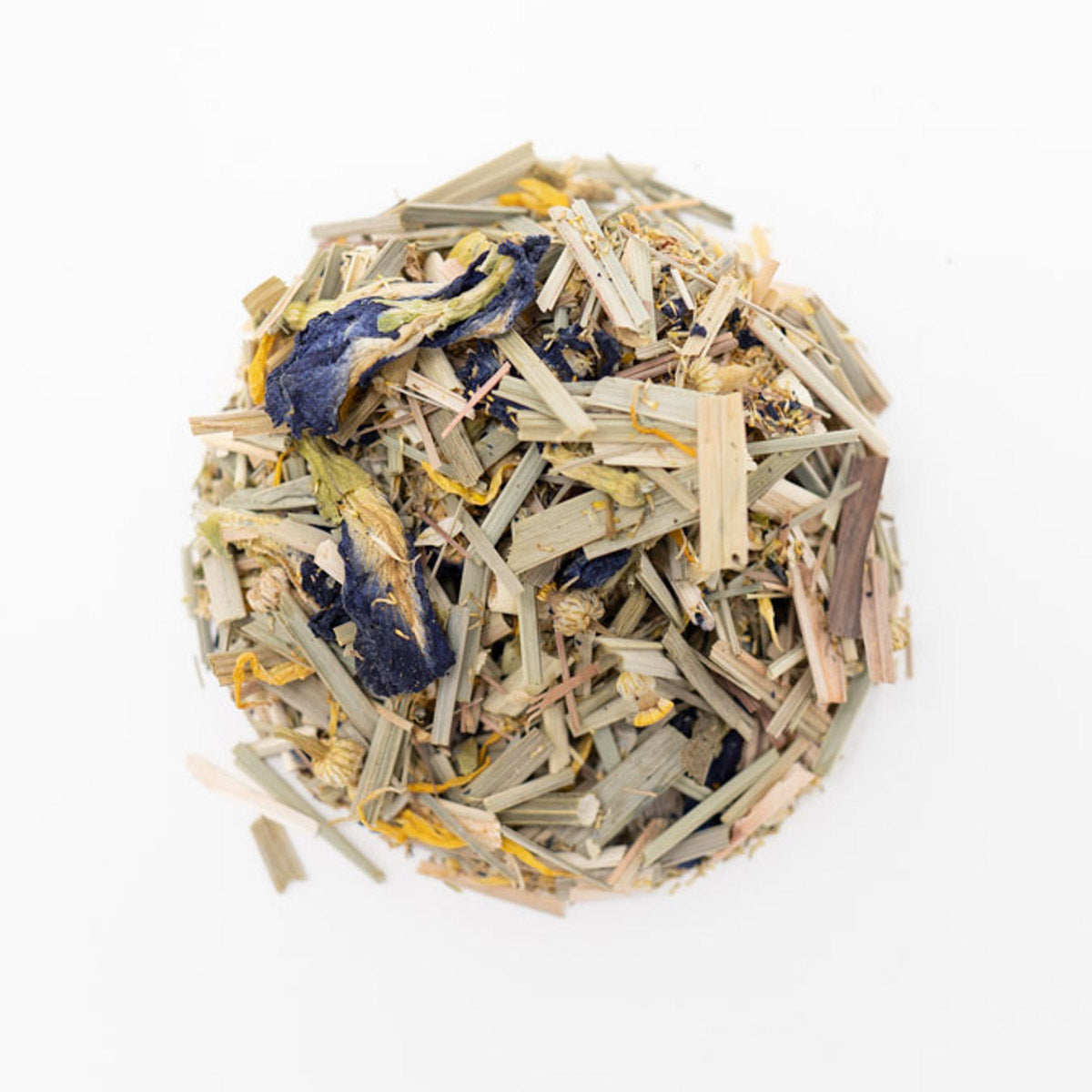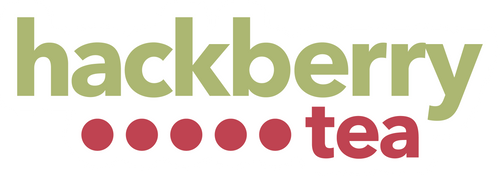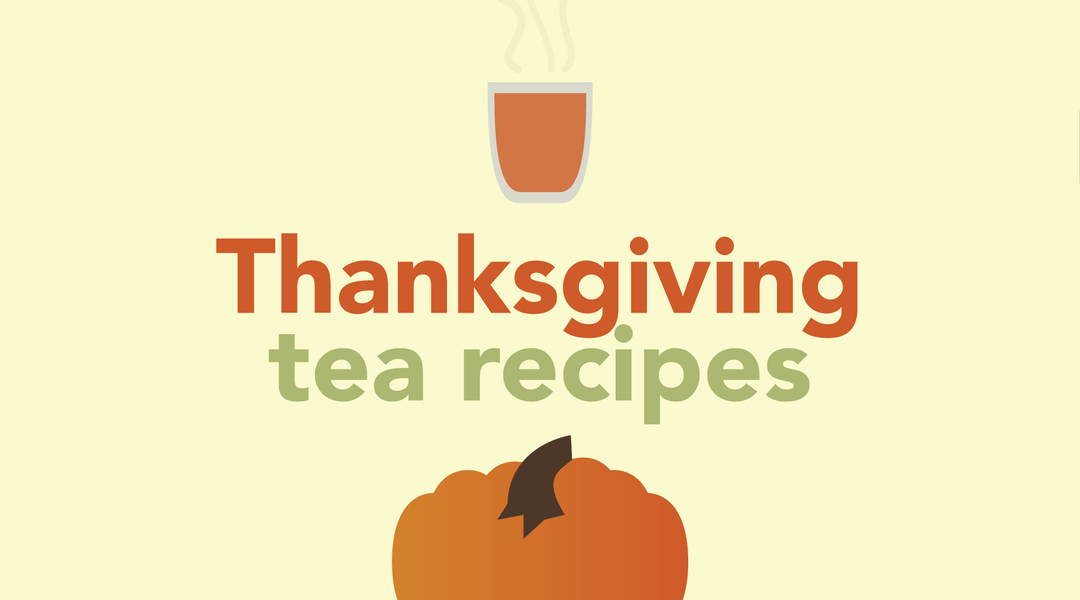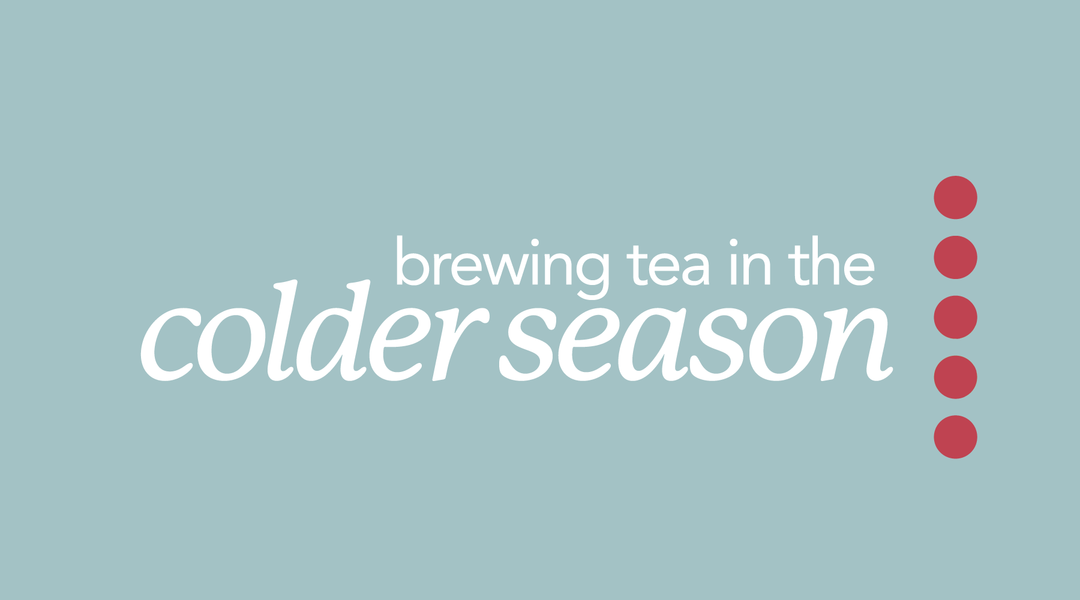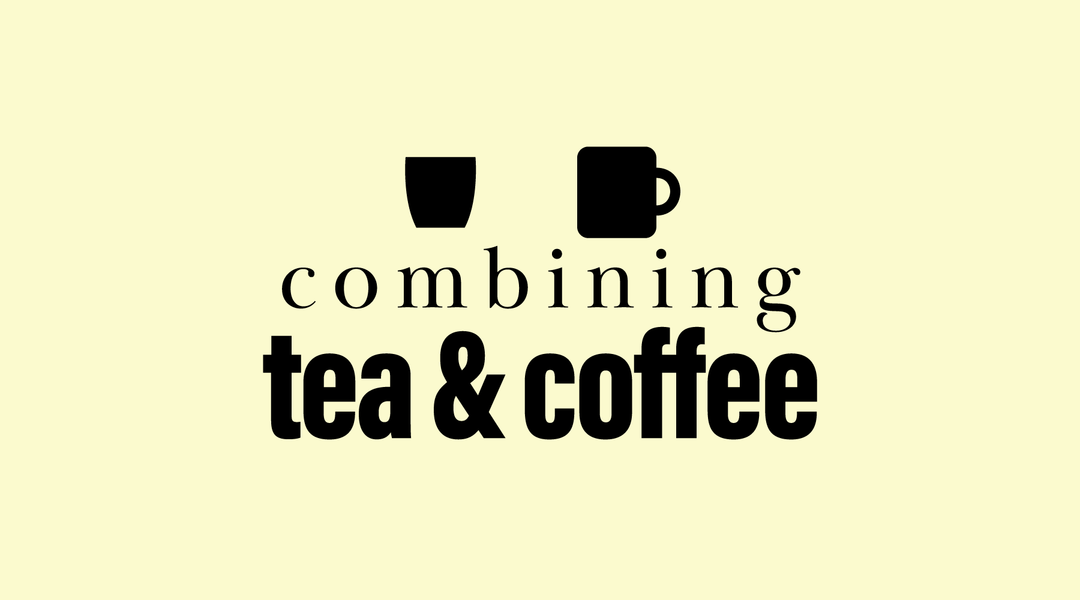The Art of Tea-Dye
Tea and herbal ingredients have been used to create colorful dyes for thousands of years. With initial roots in ancient China, the art of dyeing with tea quickly became a worldwide handicraft. Today, tea is still used as a natural and inexpensive way to create beautiful, earthy colors.
Tea was first used as a dye in China because its natural, simple, and delicate coloring matched the popular cultural aesthetic. The craft was practiced at cultural festivals alongside other forms of art such as painting, calligraphy, poetry, and music. The popularity of these festivals, and of using tea as dye in general, peaked during the Tang Dynasty. The Song Dynasty and Yuan Dynasty would later influence specific trends in colors and patterns.
As science has progressed, and we have been able to study tea on a more biological level, we have found that there are a large number of tannins found in tea. Tannins are water-soluble polyphenols that bond with fibers like fabric, allowing them to act as permanent dyes. Many teas are so rich in these natural tannins that they do not require a mordant, which is a substance used to bind dye and fibers. Historically, tea has been used to dye a variety of materials including paper, fabric, thread and yarn, ribbon, and even eggs.
We tried to research which types of tea and herbal ingredients would produce which colors. We read that traditional black tea has been known to create an earthy brown color, and Matcha creates a rich, grassy, green. Additionally, we read that chamomile creates a pale yellow, butterfly pea flower creates blue, turmeric creates orange or yellow, and rose and berries create pink. These outcomes didn't surprise us, but others sure did! The most surprising ones were lavender, which creates a sage green rather than the purple hue it shares a name with, and hibiscus, which creates a dark bluish green rather than the bright pink of its petals.
In the spirit of Easter, we decided to test out tea’s dyeing capabilities on eggs here at Hackberry. Below you can find the recipe we followed, the teas and ingredients we used, and how our eggs turned out!

Recipe:
Ingredients:
- Hard-boiled white eggs
- 1 cup of boiled water per tea
- 1 tablespoon of vinegar per tea
- 1 tablespoon of each tea or herbal ingredient
Recipe:
- In a separate jar for each type of tea or herbal ingredient, mix 1 cup of boiled water, 1 tablespoon of vinegar, and 1 tablespoon of the tea/ingredient.
- Gently place a hard-boiled white egg in each jar.
- Let the jars with eggs cool to room temperature and then refrigerate them overnight.
- In the morning, gently take the eggs out of the jars and place them in a carton to dry.
For our experiment we used eight different teas/ingredients. For our first batch, we used tumeric, which created an dark mustard yellow, lavender which created a light blueish green, butterfly pea flower which created a vibrant blue, and Ceylon black tea which created an earthy brown. Note, that we no longer carry the Ceylon tea, but that an English Breakfast or any other plain black tea will perform very similarly.

For our second batch, we used four of our favorite Hackberry teas that we chose based on their ingredients. The first one was our Relaxing Mint Chamomile, and the chamomile flower in this tea created a subtle yellow hue. Next, we used out Jasmine Love green tea which created a more vibrant yellow. Then, we used our V.V. Berry and the mix of berries and hibiscus in this tea created a deep and earthy shade of blue. Lastly, we used our signature Calm Mango Beach. The mixture of chamomile and butterfly pea flower in this tea created a beautiful pastel teal.

We hope you are able to try this fun expirement at home and look forward to seeing your results! If you use any of our teas to dye your Easter eggs this year, tag us on Instagram @hackberryteaaz.
Written by Kourtney Camm
